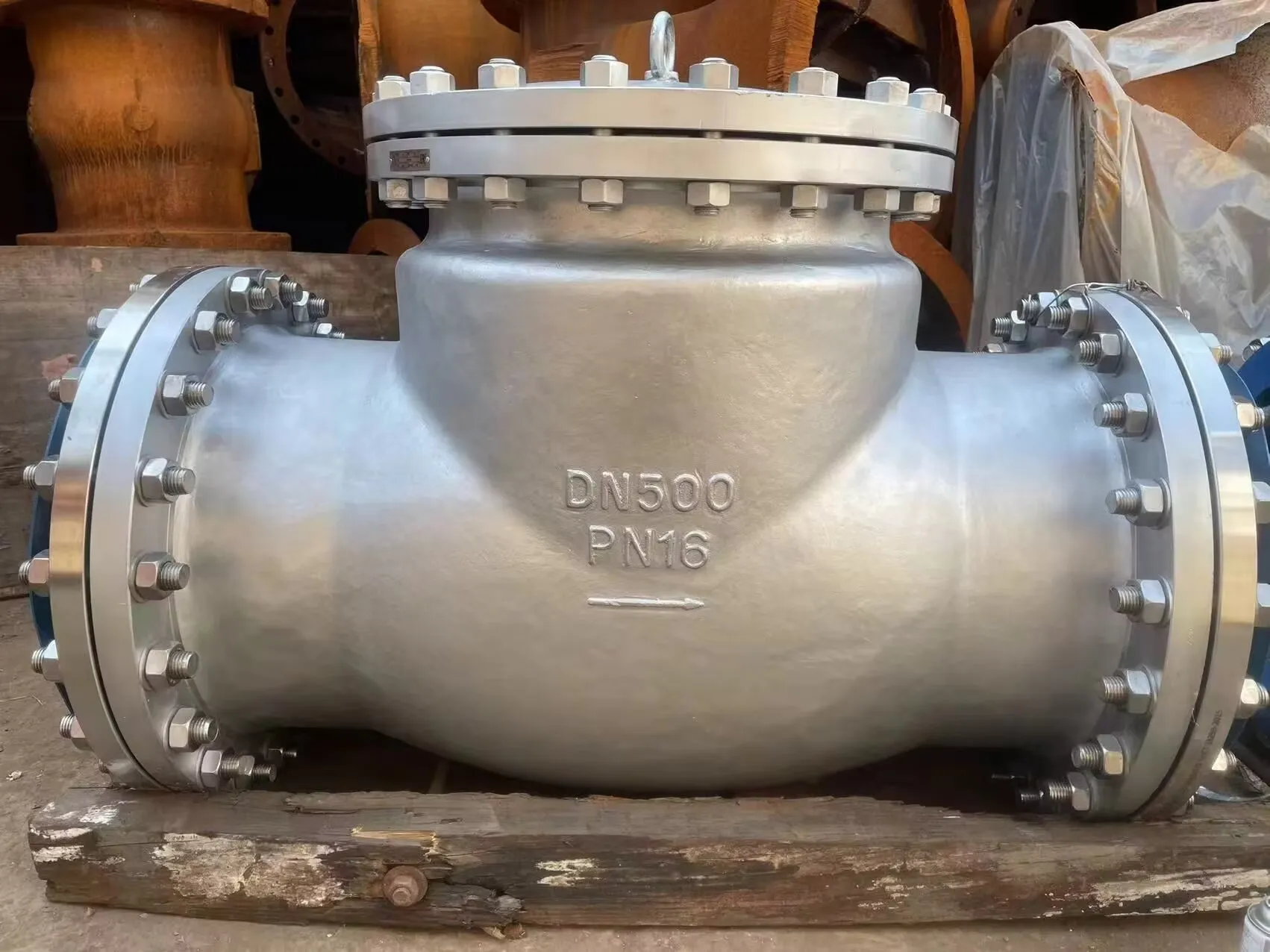Slip On Flange: A Reliable Solution for Flange Connections
The slip on flange is one of the most popular and widely used types of flanges in various industrial applications. Known for its ease of installation and flexibility in low-pressure environments, this flange type is a favorite among engineers and contractors alike. Designed to slip over the pipe and welded into place, it offers excellent performance when properly installed, making it a reliable choice in systems where strength and durability are key.

Which Specific Situations are Suitable for Slip On Flange of Different Pressure Levels?
The slip on flange is versatile and can be used in a wide range of applications. For systems operating at low to moderate pressure, such as slip on flange class 150, this flange provides excellent performance and durability. The slip on flange class 150 is typically used in water, oil, and gas distribution systems, where extreme pressure is not a concern but where reliable sealing is still essential.
For higher pressure environments, different pressure classes are available to accommodate the increased demands. However, it’s essential to match the flange pressure rating to the system’s operating conditions to ensure safety and longevity. By selecting the correct pressure rating, the slip on flange can perform optimally in both low and high-pressure systems.
How to Ensure the Correct Installation of Slip On Flange to Avoid Leakage
Ensuring the proper installation of a slip on flange is crucial for avoiding potential leaks and ensuring the system’s integrity. One of the main advantages of the slip on flange is its ease of installation; however, proper alignment and preparation are necessary to prevent issues during operation.
Before welding, it’s essential to ensure that the flange is correctly positioned and aligned with the pipe. Once the slip on flange has been slid over the pipe, the pipe should protrude slightly beyond the flange face, allowing room for a weld. A fillet weld is typically applied to both the inside and outside of the flange to secure it in place and create a reliable seal.
Welding plays a significant role in the integrity of the flange connection. If welding is not done properly, there is a higher risk of leakage or even failure in the system. Proper welding techniques, including applying the correct heat and materials, are essential to ensure the durability of the connection.
Slip On Flange Welding Details
One of the key factors that determine the performance of a slip on flange is the welding process. To create a secure and leak-free connection, the welding process must be handled carefully and with precision. For slip on flange welding details, the installation requires both an inner and an outer weld.
The inner weld is a fillet weld on the inside edge of the flange, which connects the pipe to the flange. This creates a seal and helps secure the flange in position. The outer weld, also a fillet weld, is applied to the outside edge of the flange, further reinforcing the connection. By combining both welds, the slip on flange becomes securely attached to the pipe, providing strength and stability.
To ensure that the flange connection remains leak-proof, the welding process must be performed under the correct conditions. The materials used for welding should be compatible with the pipe and flange materials to avoid weakening the connection. Proper heat application is also critical to prevent warping or compromising the flange's structure.
Slip On Flange Body Material: Gray Cast Iron/Ductile Iron Benefits
The material of the slip on flange plays a significant role in its overall durability and performance. Gray cast iron and ductile iron are two common materials used for slip on flange construction, each offering unique benefits depending on the application.
Gray cast iron provides excellent machinability and resistance to wear, making it a suitable choice for lower pressure systems. Its cost-effectiveness makes it an ideal option for applications where the demands on the flange are not extreme. However, for higher pressure systems, ductile iron is often preferred. Ductile iron offers greater strength and flexibility, which makes it capable of handling higher pressure levels and more demanding conditions without the risk of cracking.
By selecting the appropriate material, users can ensure that their slip on flange will perform reliably under the required operating conditions, whether that be low pressure with gray cast iron or higher pressure with ductile iron.
Affordable and Reliable: Slip On Flange Price
One of the major advantages of the slip on flange is its cost-effectiveness. Compared to other flange types, slip on flange price is relatively low, making it a budget-friendly option for many industries. This makes it an attractive choice for large-scale projects where multiple flanges are needed, and keeping costs manageable is crucial.
The slip on flange also offers excellent value in terms of durability and ease of maintenance, meaning that over time, it can help reduce repair and replacement costs. Its low price combined with high performance makes it a smart investment for long-term projects.
In conclusion, the slip on flange remains a reliable, durable, and cost-effective option for various industrial applications. Its versatility in handling different pressure levels, ease of installation, and the strength provided by proper welding techniques make it an essential component in many piping systems.
-
The Key to Fluid Control: Exploring the Advantages of Ball Valves in Industrial SystemsसमाचारJul.09,2025
-
The Versatile World of 1, 2, and 3 Piece Ball ValvesसमाचारJul.09,2025
-
Stainless Steel Ball Valves: The Ideal Choice for Efficient Flow ControlसमाचारJul.09,2025
-
Optimizing Fluid Control with Ball Float ValvesसमाचारJul.09,2025
-
Manual Gate Valves: Essential for Control and EfficiencyसमाचारJul.09,2025
-
Everything You Need to Know About Butterfly ValvesसमाचारJul.09,2025
-
The Versatility of Wafer Type Butterfly ValvesसमाचारJul.08,2025




